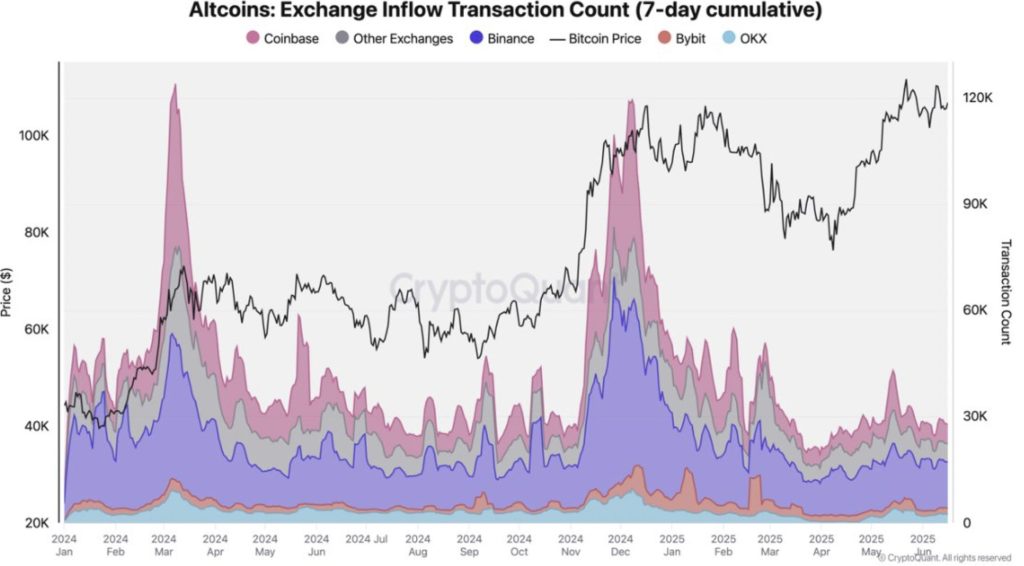Receive free Smurfit Kappa Group PLC updates
We’ll send you a myFT Daily Digest email rounding up the latest Smurfit Kappa Group PLC news every morning.
Recycling has contributed to the success of the cardboard box industry. That applies to the packaging producers as well. Consider the tie-up between Ireland’s Smurfit Kappa and US-based WestRock, announced on Thursday.
WestRock traces its origins to Smurfit-Stone, once part of the Smurfit group. Few financial details of any deal have been disclosed. But both groups, particularly Smurfit, will see an opportunity to repackage themselves at a higher valuation in the US stock market. Smurfit would follow the example of another Dublin-based group, CRH, and leave London.
The combination would have scale. Smurfit WestRock would be the world’s largest paper and packaging group by sales and worth $30bn. Large US paper producers trade at valuation multiples a third or more higher than Smurfit’s.
The timing appears shrewd. Market concerns about waning consumer demand have sent shares in US paper and packaging groups to lows not seen since the depths of the pandemic. Smurfit’s original entry to the US in the 1970s occurred during a similar scenario.
WestRock’s share price has suffered since listing in 2015, trailing its biggest US peers and the only one with negative total returns over the period. Its own acquisitions have left it with a heavy net debt load of $9.4bn. That partly explains why WestRock trades at 6 times multiple of ebitda, compared to 8 and 10 times for International Paper and Packaging Corp of America, respectively.
Operational overlap between Smurfit and WestRock is limited. They have under 10 per cent exposure in each other’s main European and US markets. Nonetheless, Smurfit expects annual pre-tax cost savings of $400mn at the end of the first year. WestRock was already pursuing its own cost reductions.
At current market values an all share tie-up would mean Smurfit shareholders own 56 per cent of the new group. However, on an ebitda basis Smurfit would contribute just 43 per cent, so expect the exchange ratio to fall towards 51 per cent. Net debt climbs to 2.5 times this year’s expected ebitda.
Proposed cost savings proposed alone would add $2.4bn of value or 8 per cent to the total. The valuation kicker comes from the decision to move the main listing away from London to New York. While a re-rating is a real possibility, this shift only reinforces the perception of London’s own valuation funk.
Credit: Source link











